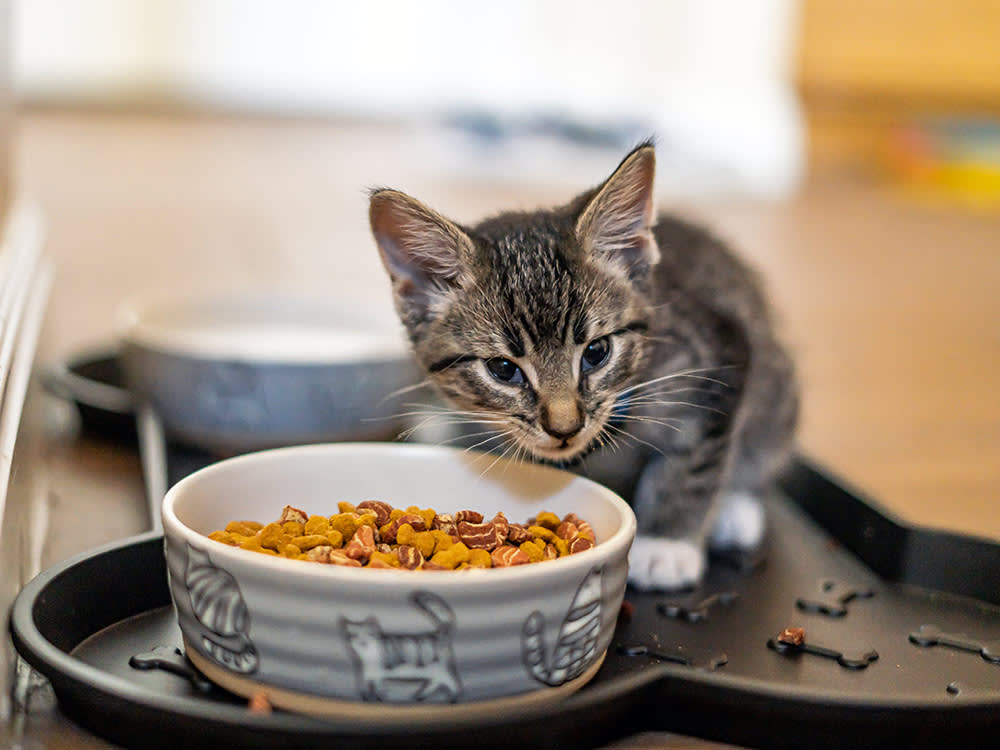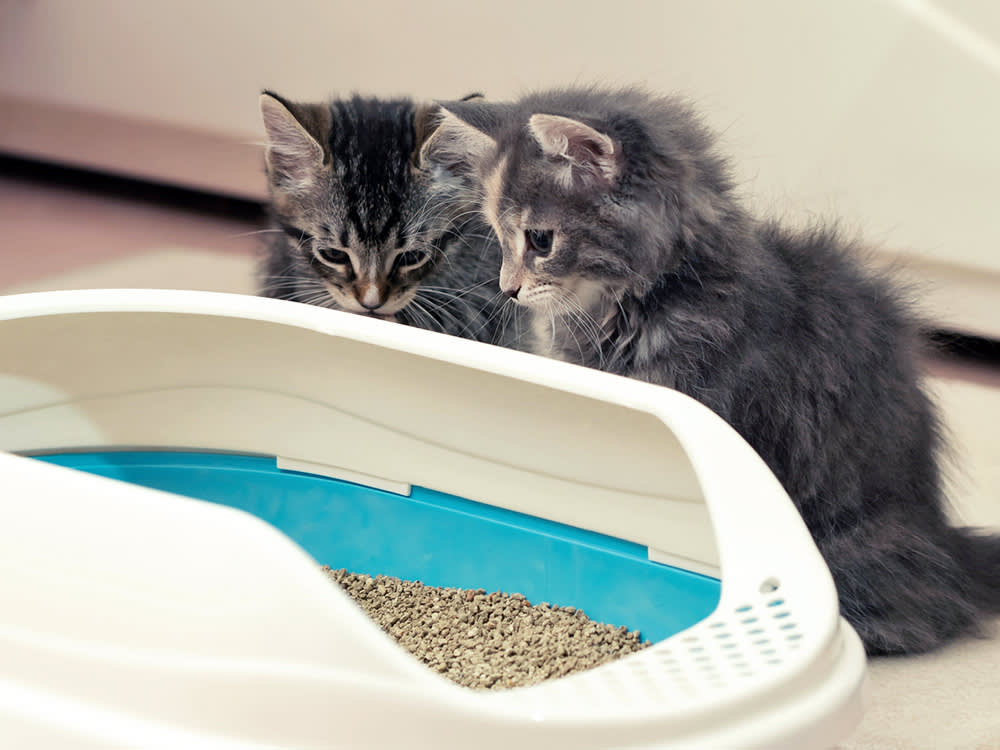How pet parents keep their cool
Featured

Most Dogs Don’t Really Like Being Hugged, New Study Finds
Yeah, it’s kind of heartbreaking, but your loving embrace might be stressing your pup out.

Are You Guilty of Using Your Dog as an Excuse to Stay Home?
Your S.O. planned a date night out, but the dog is looking so cuddly on the couch...

Why Is My Cat So Kneady?
Among other things, “making biscuits” is a sign of affection. We’re not crying…
News
- health
- lifestyle
- health
Got a new pet? Here’s what to do.
Let’s be real. Welcoming home a new dog or cat is a very cute but very crazy time. Thankfully, we’re here to help with a nifty new pet parent to-do list.
Get Startedopens in a new tabThe Latest

Sleeping With Your Cat Is Good for You, Study Says—Your Dog? Not So Much
Co-sleeping with your pet has both positive and negative effects.

9 Asian American and Pacific Islander-Owned Pet Brands to Shop This AAPI Heritage Month
Support AAPI innovators and spoil your pet at the same time—it’s a win-win.
Most Popular
- lifestyle|Heavy Petting
- behavior
- lifestyle
- lifestyle
- lifestyle
- lifestyle
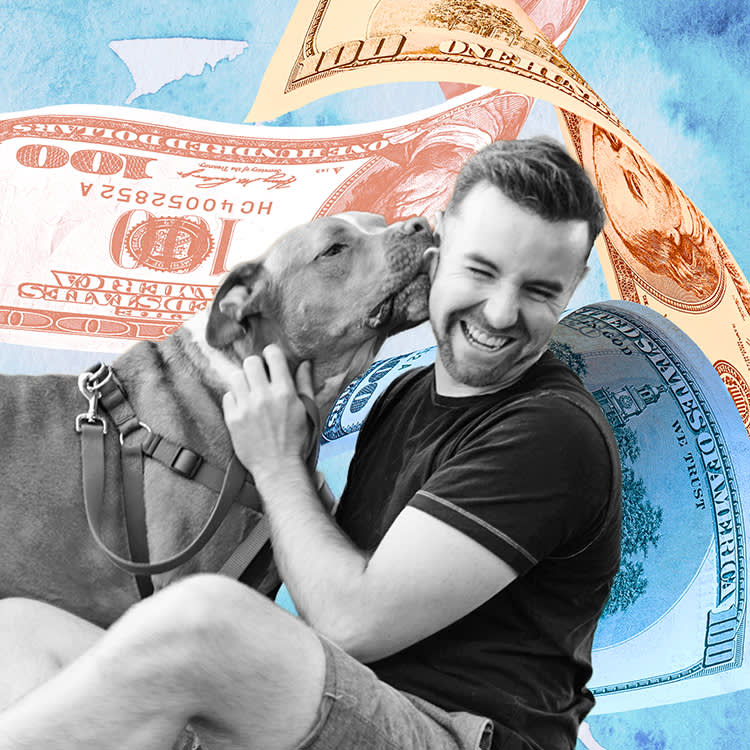
A Month Spoiling a Rescue Pit Bull on a $75,000 Income—Mugs With Her Face on Them Included
opens in a new tabPetty Cash is a new series where we find out just how much real people are spending on their pets.
Read more, then submit your own story!opens in a new tabAsk a Vet
Pet health question that’s not an emergency? Our vet team will answer over email within 48 hours. So, go ahead, ask us about weird poop, bad breath, and everything in between.
Health & Nutrition
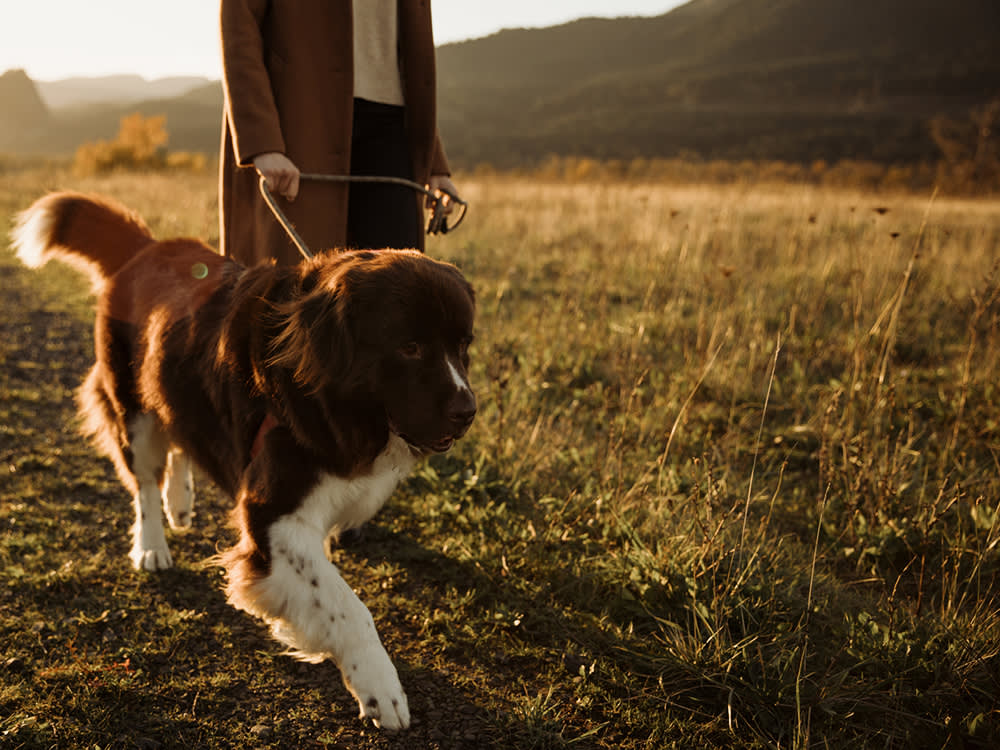
Why Foxtails Are So Dangerous for Your Dog
Late spring is prime time for these blades of grass that pose a serious risk to your pup.
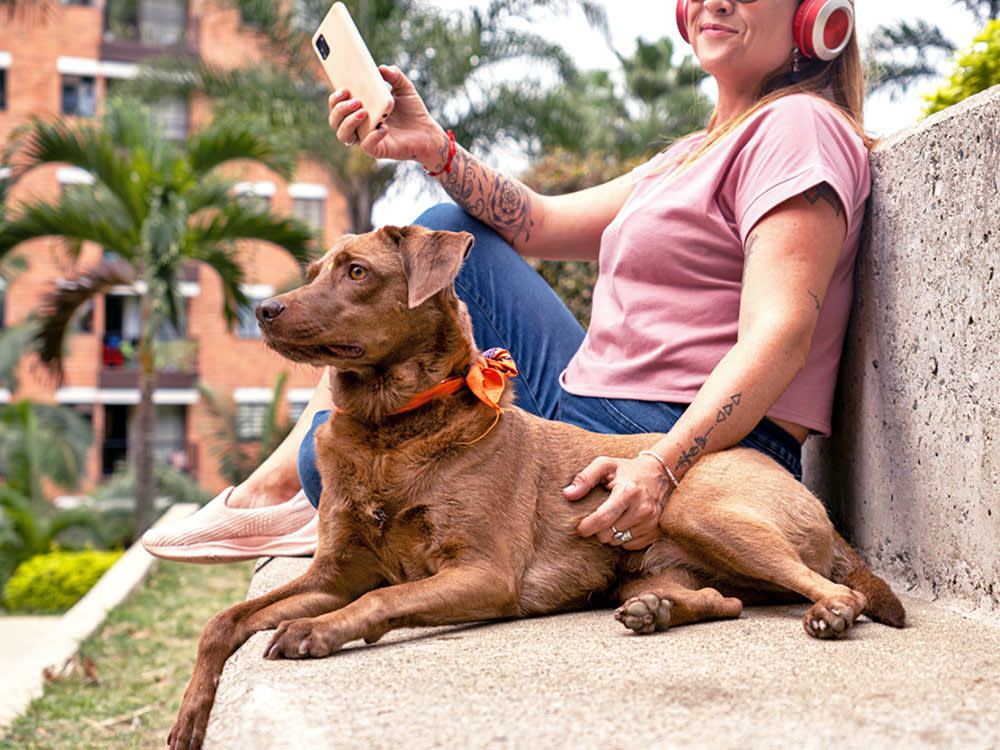
A Historic Amount of Cicadas Are Descending on the U.S.—How Will It Affect Dogs?
Everything pet parents should know about keeping their pups safe and stress-free during this rare event.
Everything pet parents should know about keeping their pups safe and stress-free during this rare event.
Behavior & Training
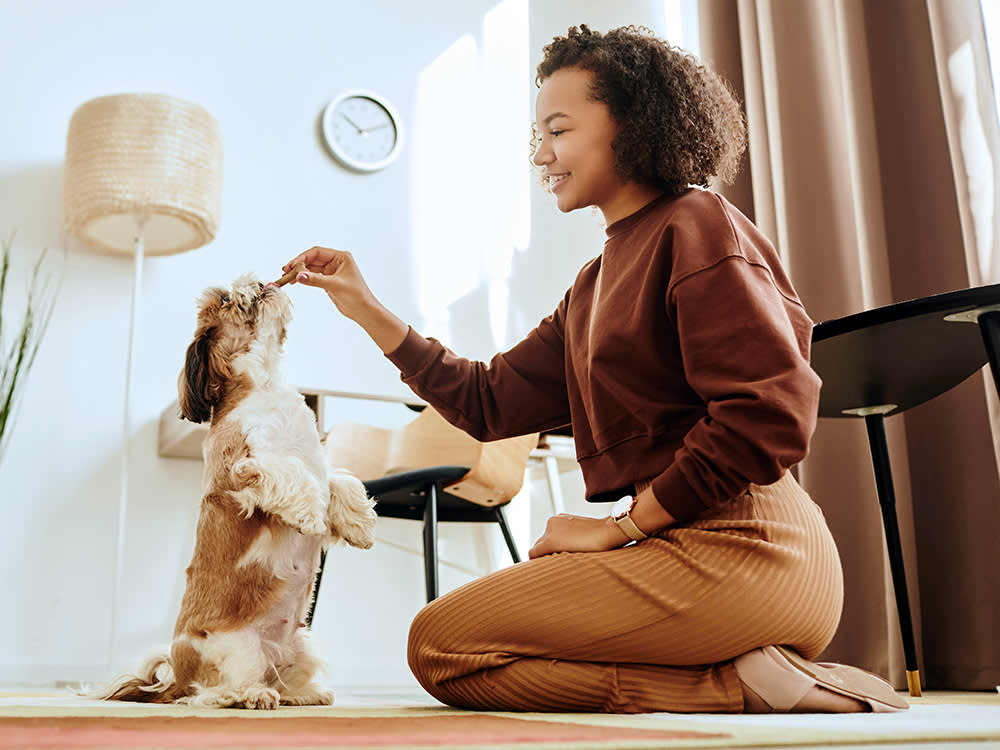
How to Use Dog Treats for Training
Here’s your guide to how treats can help as your new pup is learning all the things.
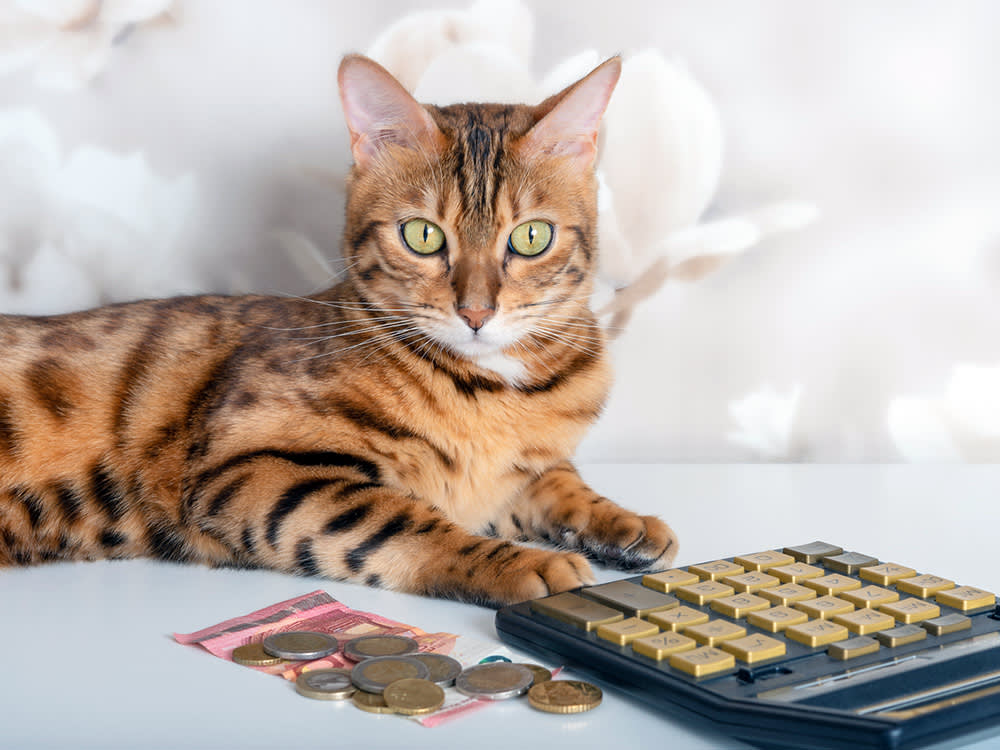
Kittens Are Smarter Than Puppies, Study Says—And Really Good at Math
They aren’t exactly CPAs, but they can probably tell you which piggy bank has more coins in it.
They aren’t exactly CPAs, but they can probably tell you which piggy bank has more coins in it.
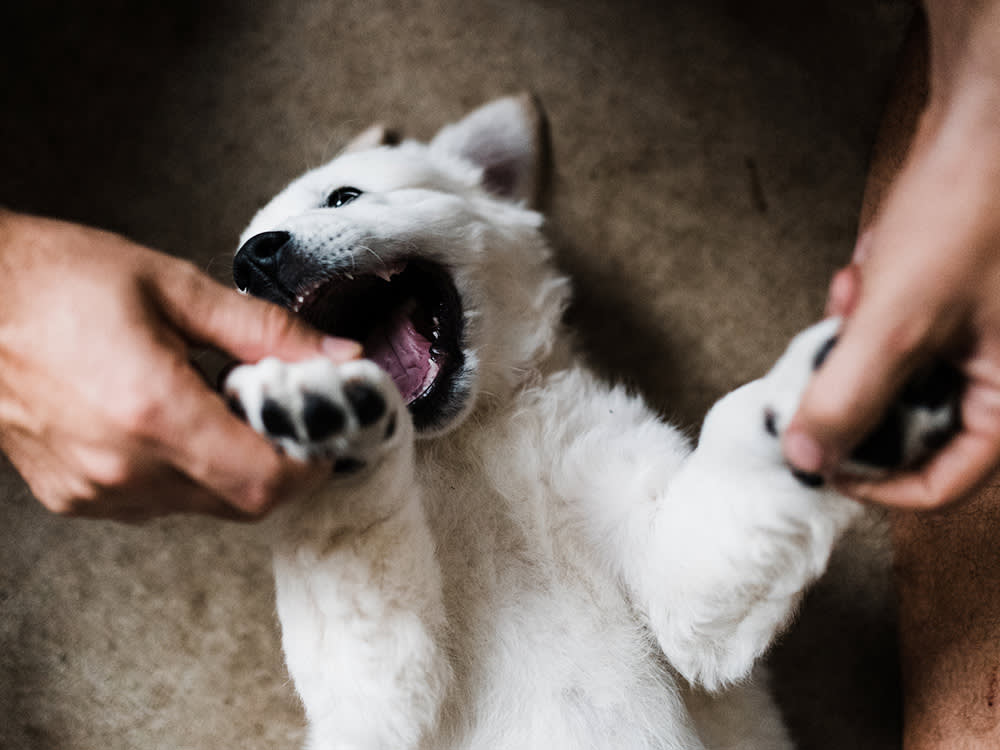
How to Train a Puppy Not to Bite
Those little razor teeth are no fun.
Those little razor teeth are no fun.
Get your fix of The Wildest
We promise not to send you garbage that turns your inbox into a litter box. Just our latest tips and support for your pet.
Lifestyle
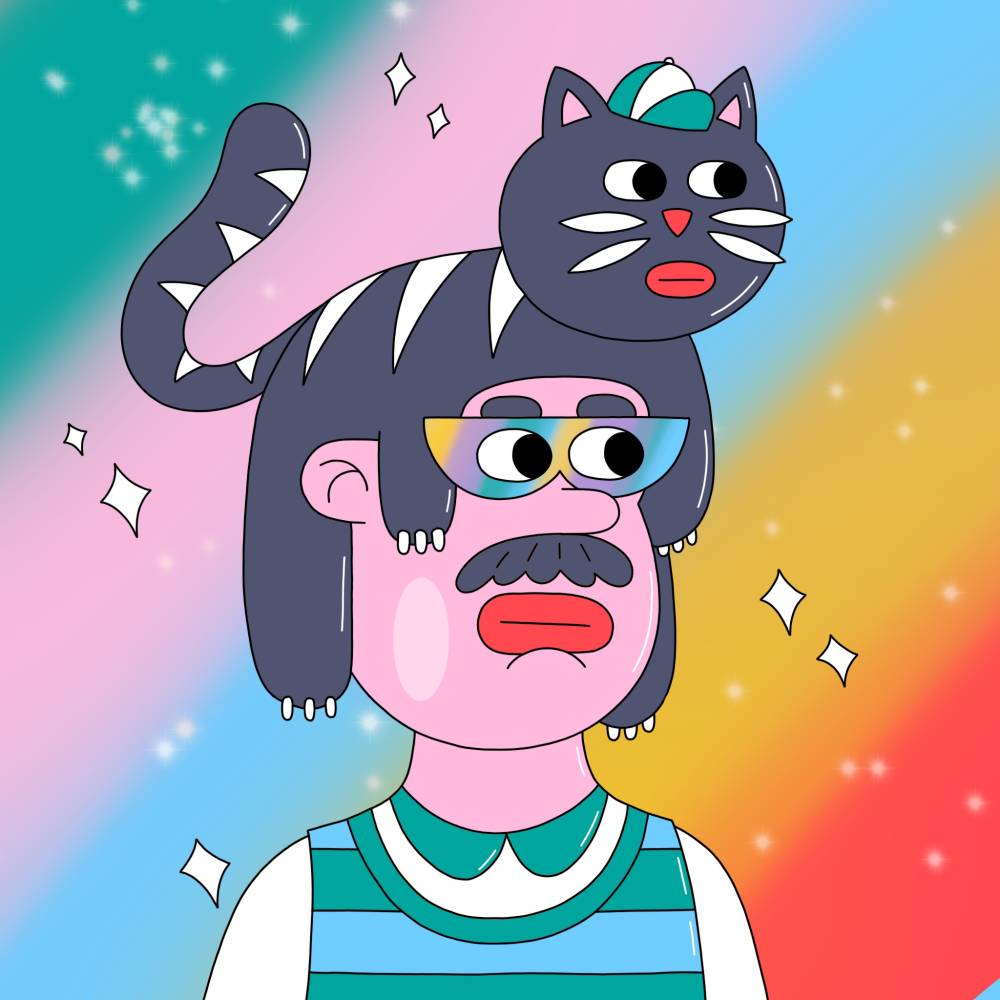
FYI, Pets Are Incredibly Good For Your Mental Health
This Mental Health Awareness Month, experts share the science-backed ways our pets offer us emotional support.

Dogs Have Favorite Scents, Study Says—And No, It’s Not Just the Smell of Food
So, go ahead and get that lavender-scented candle.
So, go ahead and get that lavender-scented candle.
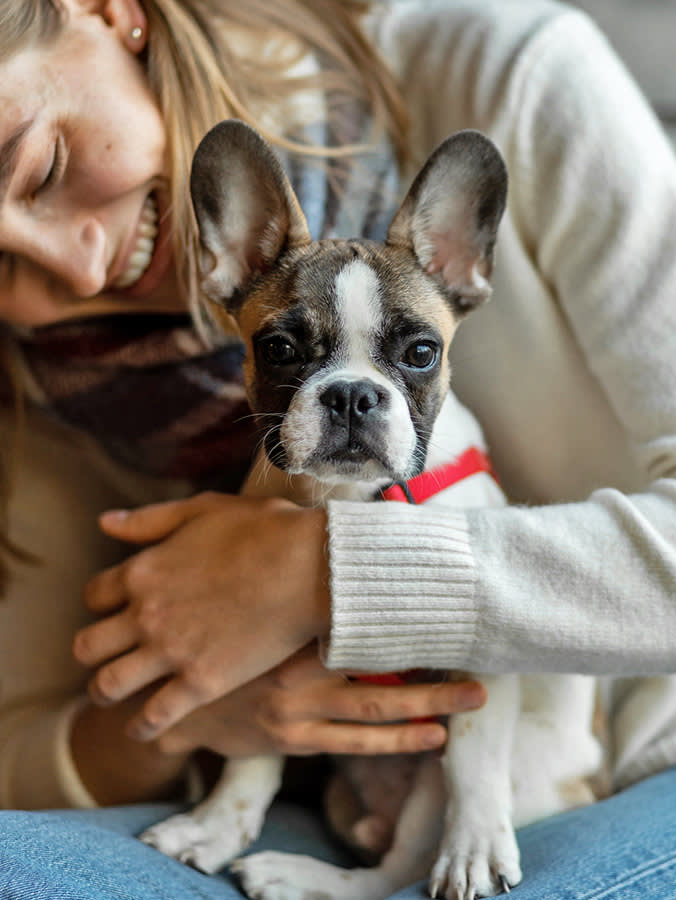
French Bulldogs Are Flooding Shelters—What to Know Before Adopting One
One Florida rescue reports a recent intake of over 150 Frenchies thanks, in large part, due to irresponsible breeders.
One Florida rescue reports a recent intake of over 150 Frenchies thanks, in large part, due to irresponsible breeders.
Shopping

Everything You Actually Need When You Get a New Dog
All the things you’ll want on hand as a new pet parent, from the must-haves to the nice-to-haves.

12 FurryFolks Dog Toys and Accessories That’ll Tickle Your Funny Bone
This brand knows the best pups (and their parents) have a sense of humor.
This brand knows the best pups (and their parents) have a sense of humor.
Animal Welfare

Congress Orders the Department of Veteran Affairs to Stop Testing on Cats and Dogs
Under new legislation, all experiments on dogs, cats, and primates must end by 2026.
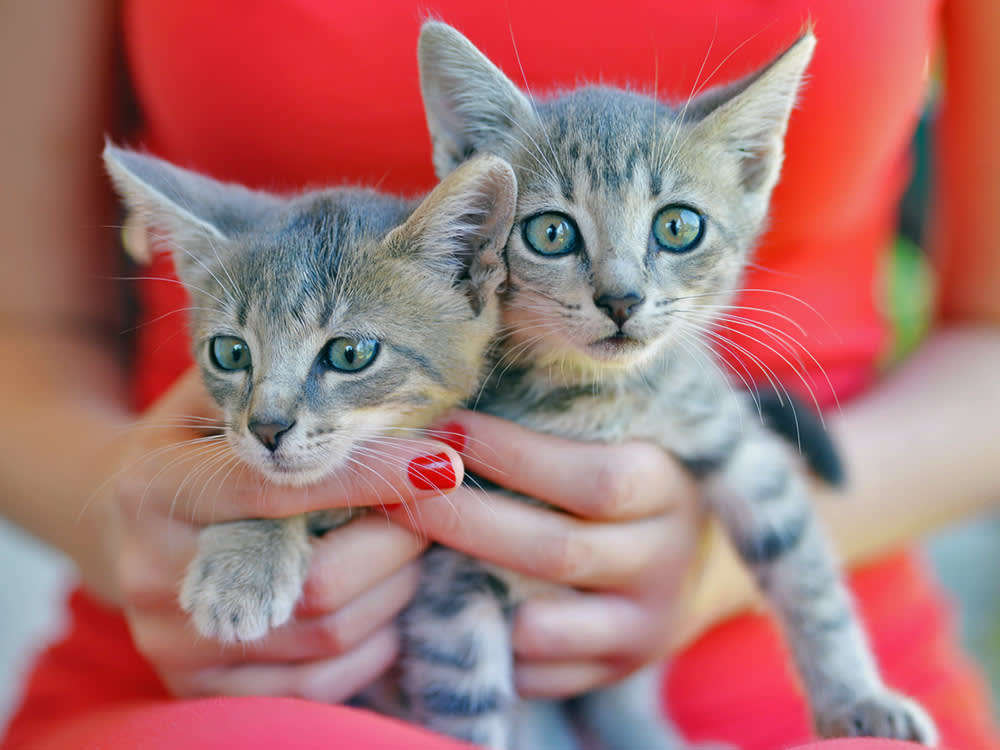
Why Kitten Season Is Getting Longer and More Intense Every Year
And what you can do to help.
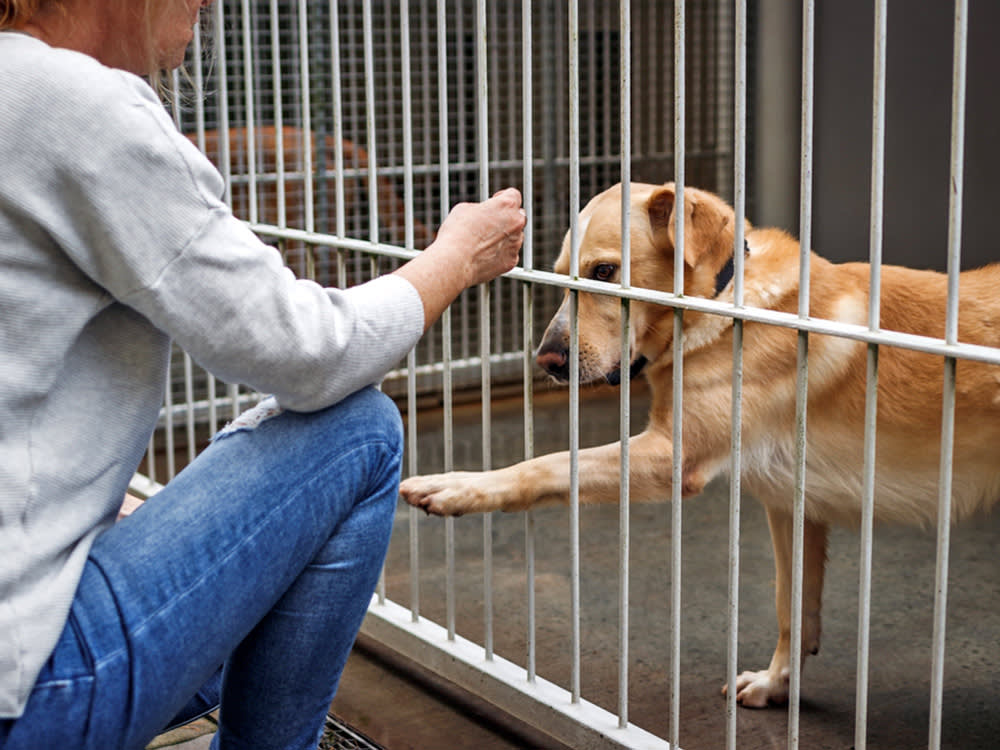
Los Angeles Bans New Breeding Permits Due to Shelter Overcrowding
Local lawmakers think breeding has gotten out of control.
New Dog Training 101
Look, new dogs are cute. But they’re also little alien monsters who have descended to destroy our furniture and our sleep. Still, we love them. Luckily, this program covers all the basics, from potty training to proper socialization—all through positive reinforcement. Time to stock up on treats!
Start Trainingopens in a new tab
Our editors and experts created the ultimate guide to the best products in pet care. Check out the winners—and snag some discounts too.

